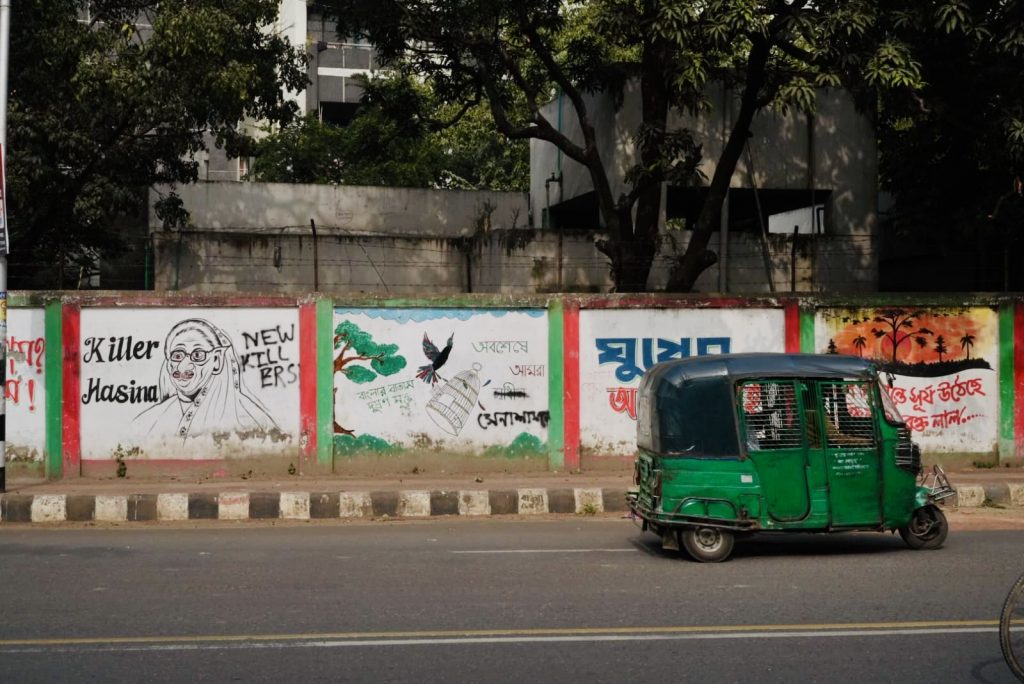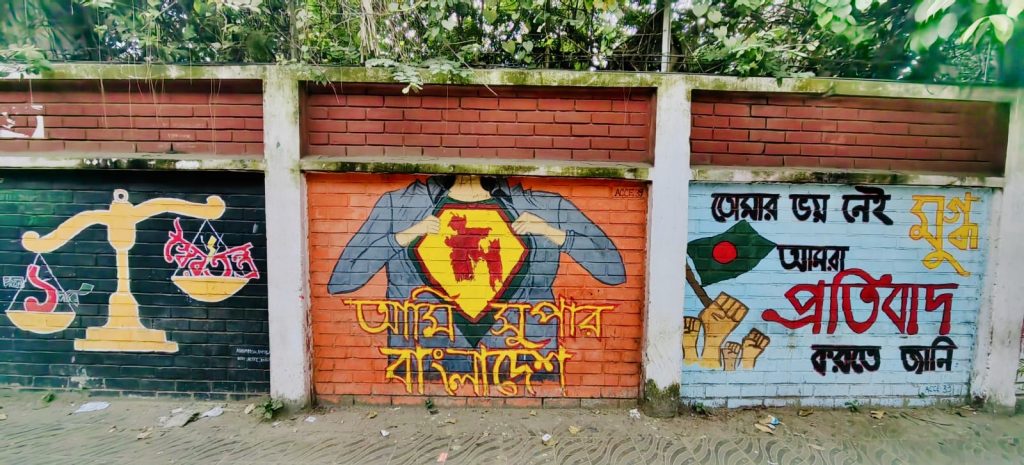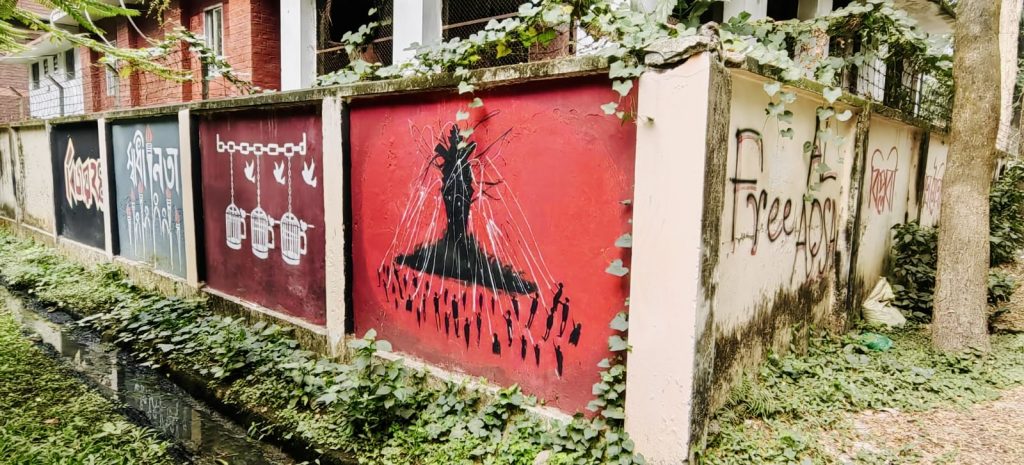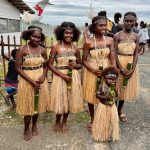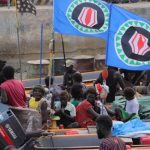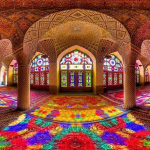2024 marked a significant turning point in Bangladesh’s political and social landscape, with a series of movements led primarily by students demanding systemic reforms. What started as a campaign for fairer civil service recruitment soon expanded into the Bangladesh Uprising of July 2024, which united diverse groups to demand broader changes. There are still many murals on Dhaka’s walls, showcasing this page of history.
Photos by Wenxu Tong.
Table of Contents
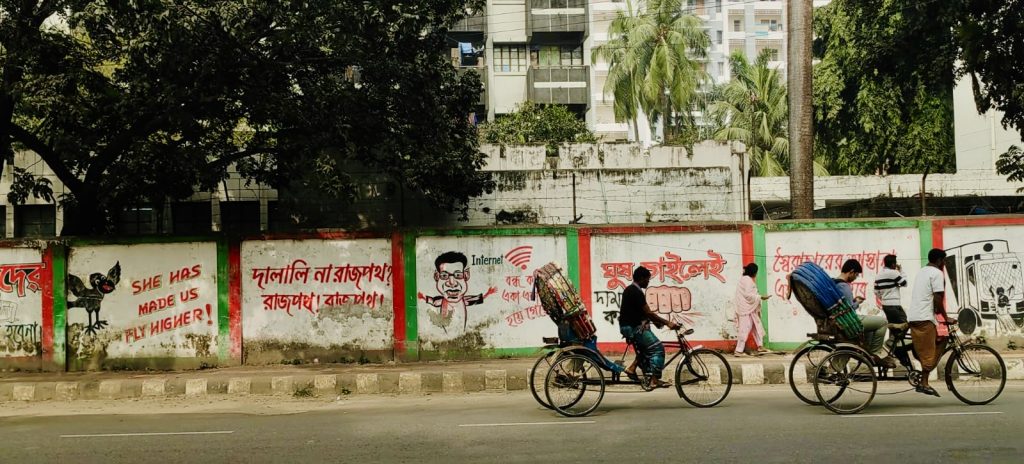
What is the quota reform movement, that started the uprising?
The Bangladesh quota reform movement was initiated to address perceived injustices in the country’s civil service recruitment system. The quota system, which reserves a significant percentage of government jobs for specific groups, including freedom fighters’ descendants, women, and ethnic minorities, has long been a subject of contention. Critics argue that the system has become outdated, leading to inefficiencies and unfair exclusions of qualified candidates.
The protests were fueled by frustrations over the disproportionate allocation of civil service positions, with 56% of the jobs reserved under various quotas. Many argued that this system disregarded merit, especially affecting students from less privileged backgrounds who did not qualify under the reserved categories. The protesters—primarily students—demanded a reduction in the quota percentage and a shift toward a merit-based recruitment system to ensure fairness and competitiveness in public service hiring.
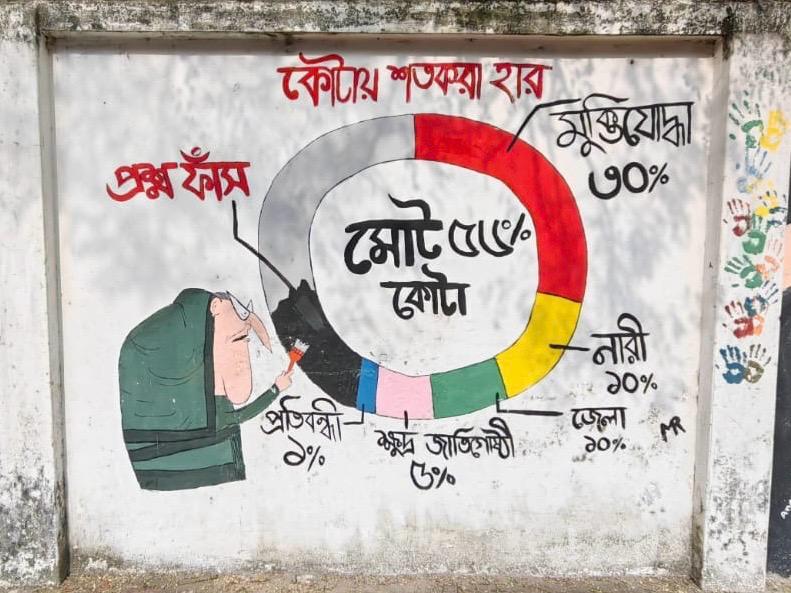
The Student–People’s Uprising of July 2024
In the aftermath of the quota reform movement, the Student–People’s Uprising of July 2024 emerged as a broader, nationwide wave of protests. This uprising expanded beyond the specific demands of the quota reform, addressing systemic issues such as government corruption, unemployment, and inadequate public services. Students were once again at the forefront, supported by workers, professionals, and members of civil society.
The uprising was marked by massive rallies and demonstrations in Dhaka and other major cities, with participants calling for sweeping reforms and accountability from political leaders. Protesters demanded transparency in public spending, improvements in education and healthcare, and electoral reforms to ensure free and fair governance. The movement’s scale and intensity led to heightened tensions with law enforcement, resulting in further clashes and arrests.
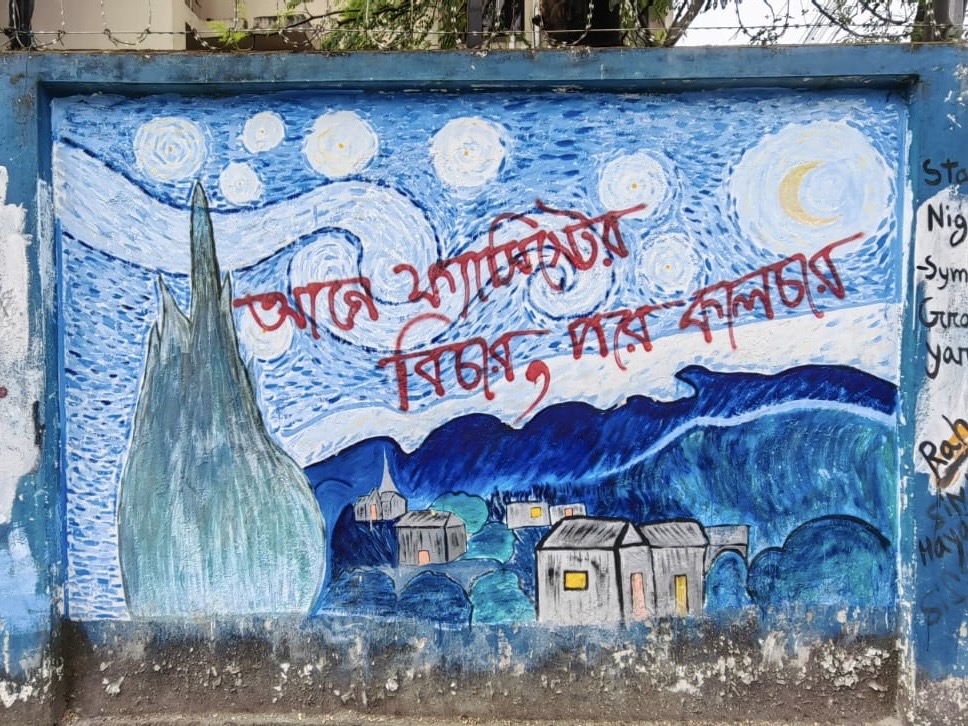
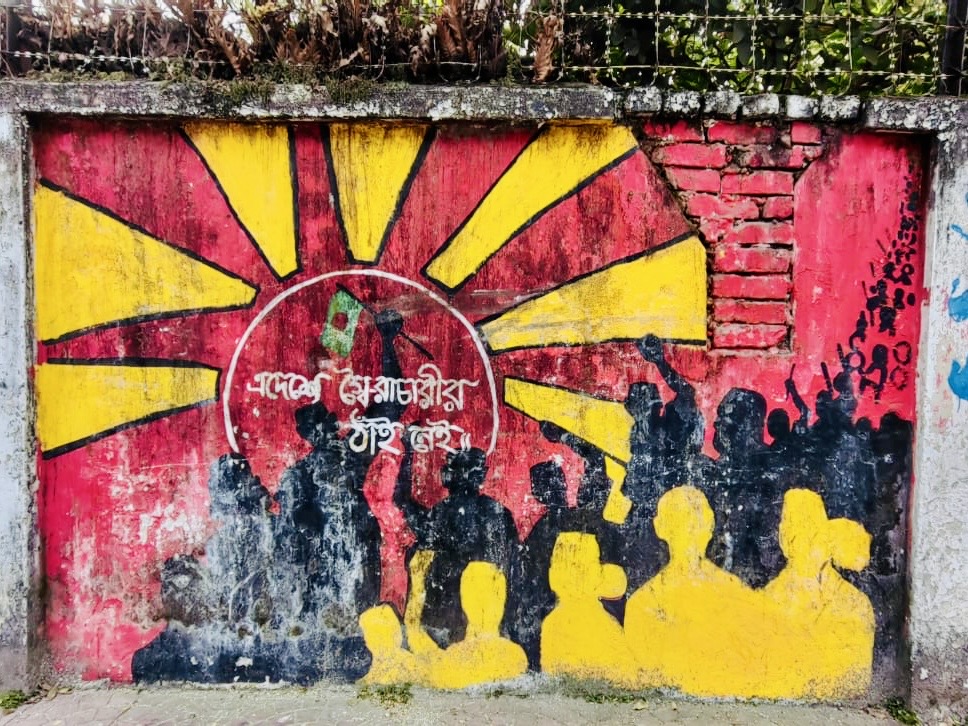
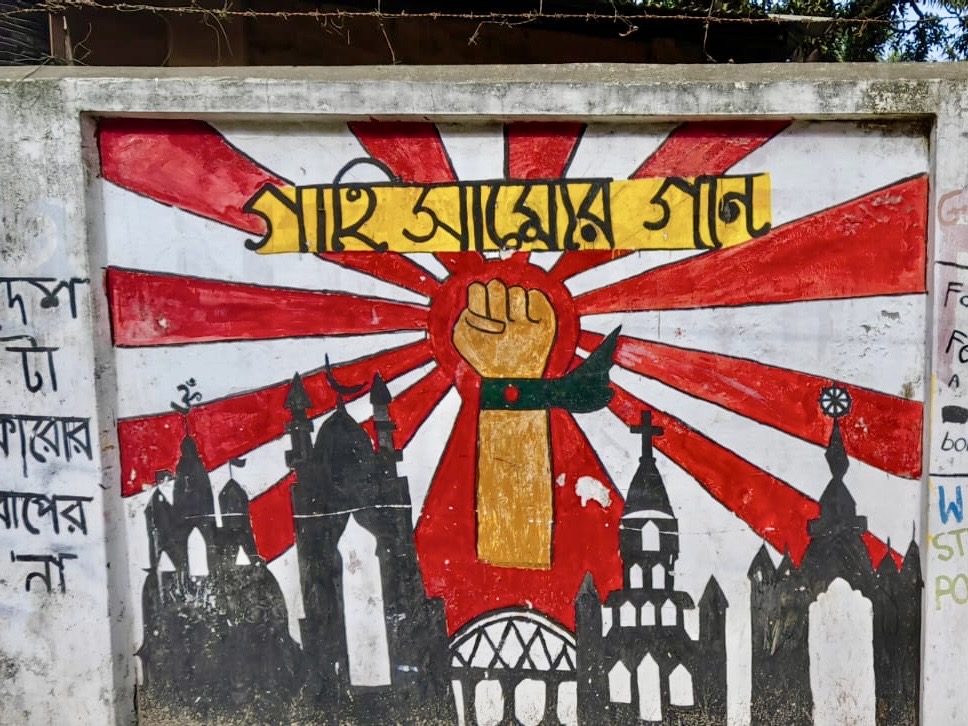
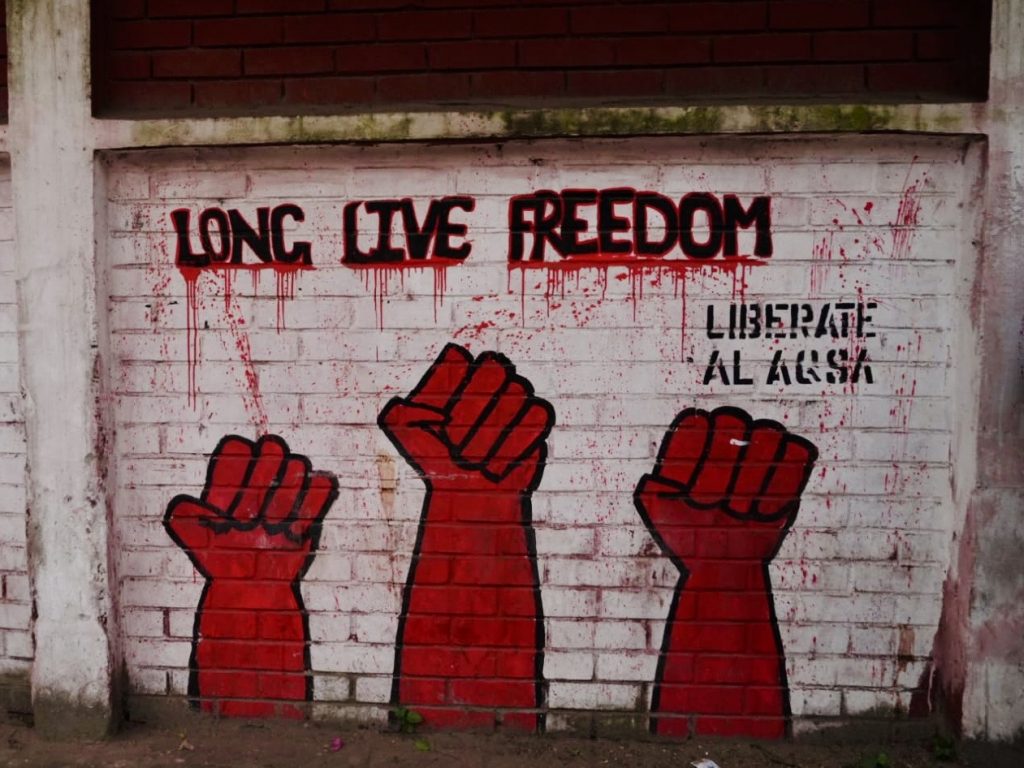
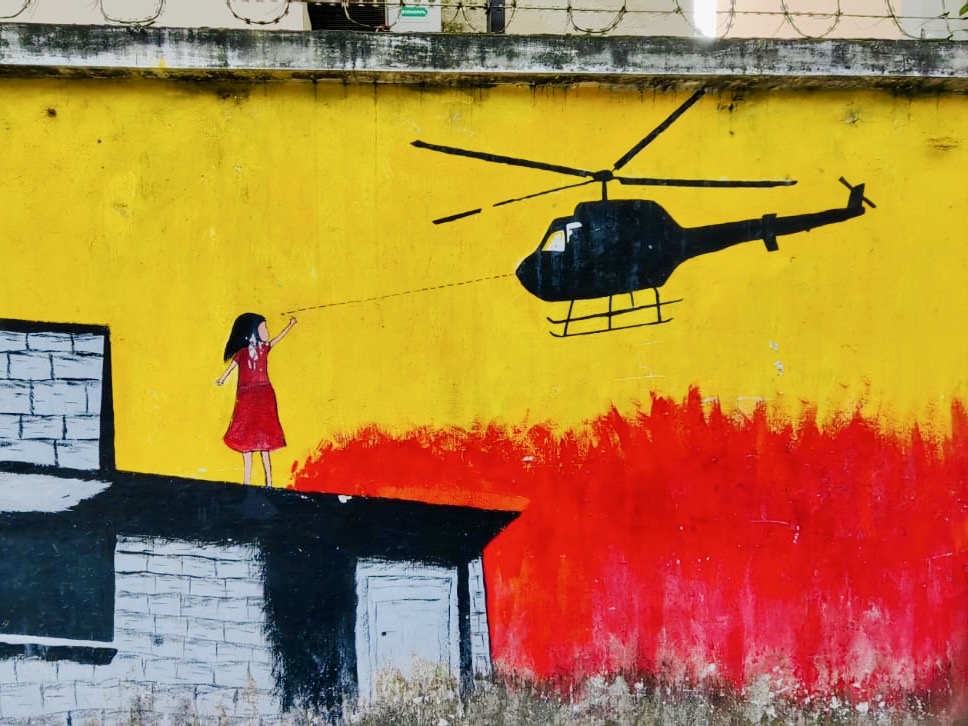
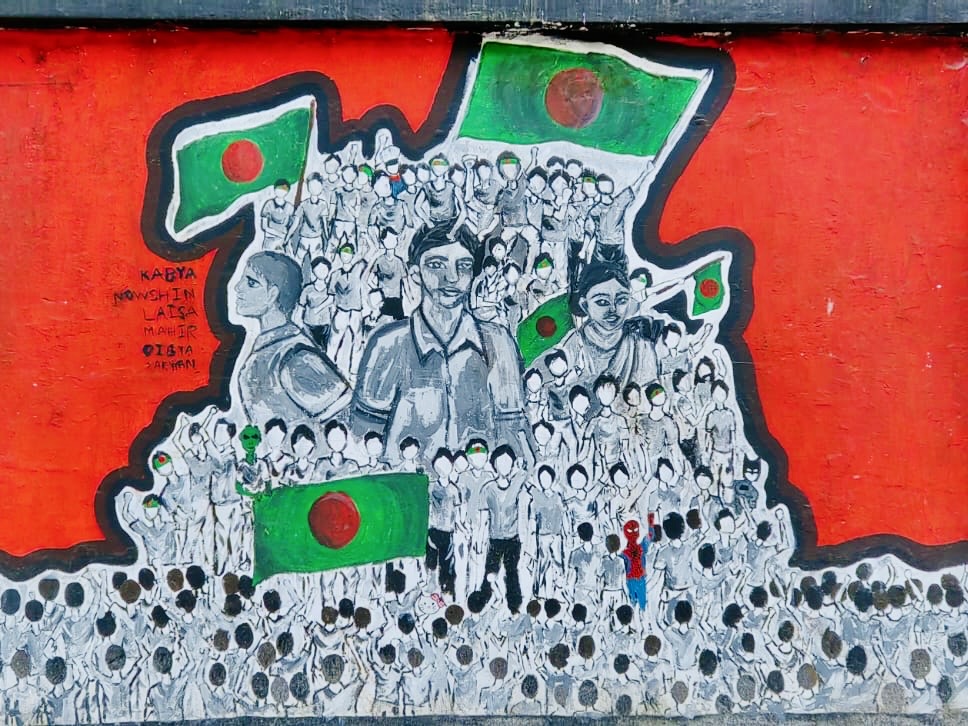
This uprising demonstrated the growing frustration among Bangladesh’s younger population and underscored the potential of grassroots movements to drive political change. Although the government made some concessions, the demands for long-term structural reforms remained largely unfulfilled, leaving an enduring legacy of civic activism and public dissent.
What happened to the prime minister?
During the height of the movement, Prime Minister Sheikh Hasina found herself in a politically sensitive position. While initially dismissive of the demands, describing the protests as disruptive, she later announced a review of the quota system under public and political pressure. This announcement, however, did not fully satisfy the demonstrators, as they demanded immediate implementation rather than prolonged deliberations. The protests intensified into a mass uprising against the government, which eventually culminated in Hasina resigning and fleeing to India.
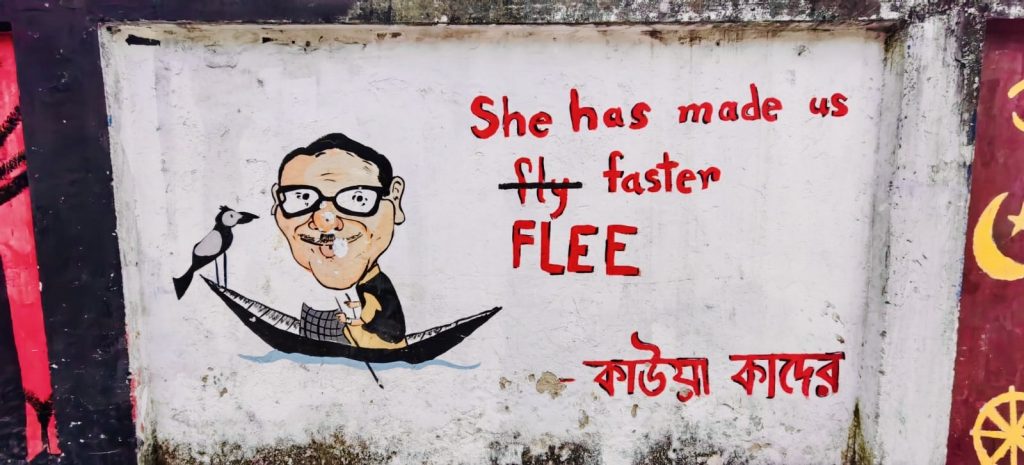
What was the role of students and universities?
Students and universities played a pivotal role in the movement, with academic institutions becoming the epicenters of demonstrations. Dhaka University, which we visit on our group tours to Bangladesh, in particular, emerged as the heart of the protests, where thousands of students organized rallies, marches, and sit-ins. The student-led protests were remarkable for their scale, organization, and the use of social media to mobilize support. University administrations largely supported the students’ right to protest, although some faced criticism for their perceived alignment with the government. The movement underscored the power of student activism in shaping national policies and highlighted the critical role of academic institutions as hubs for political and social discourse.
Can we see murals related to the movement in Dhaka?
Yes, murals commemorating the 2024 quota reform movement can be found in various parts of Dhaka, especially near educational institutions like Dhaka University. These artworks reflect the sentiments, demands, and unity of the protesters, serving as a visual reminder of the movement’s impact. They have become symbolic of student activism and the broader struggle for justice in public policy. While they may be covered by the time our next group tour happens, you can contact us to organize a private trip there.
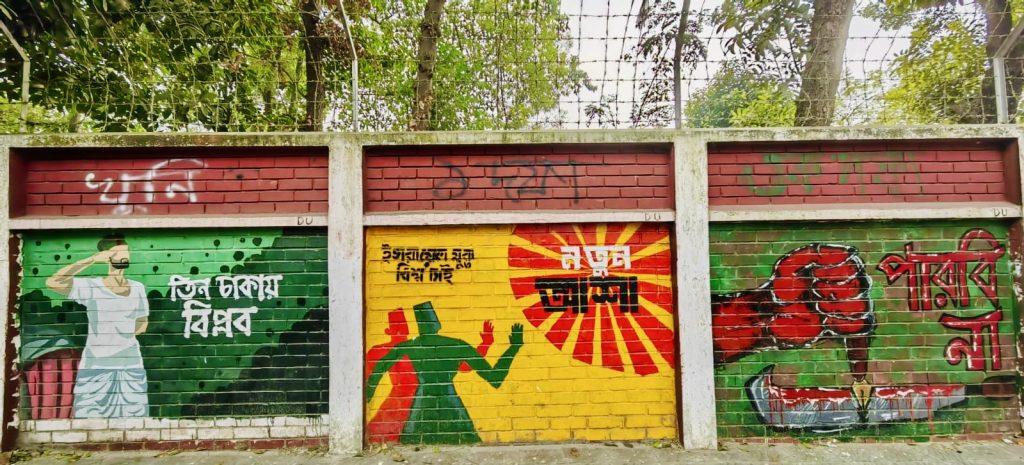
Challenges faced by protesters
The protesters encountered significant challenges during the movement. Many faced crackdowns by law enforcement, including the use of tear gas, water cannons, and mass arrests to disperse crowds. Several student leaders were detained, prompting outcry from human rights organizations. Instances of physical violence were reported, with some protesters sustaining injuries during clashes with police and counter-demonstrators. Additionally, the government imposed restrictions on social media platforms to curb mobilization, which hindered the movement’s communication efforts. Despite these obstacles, the protesters remained resilient and continued their campaign for justice.
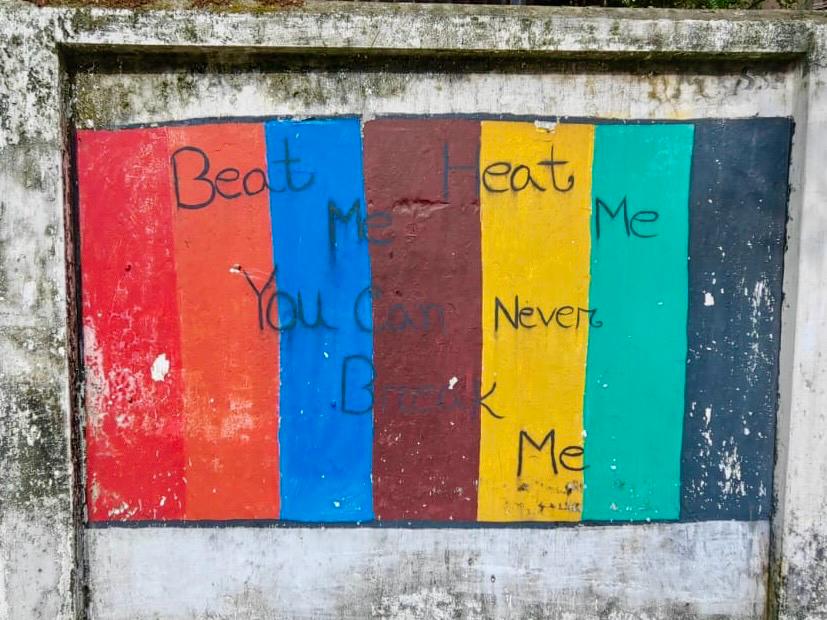
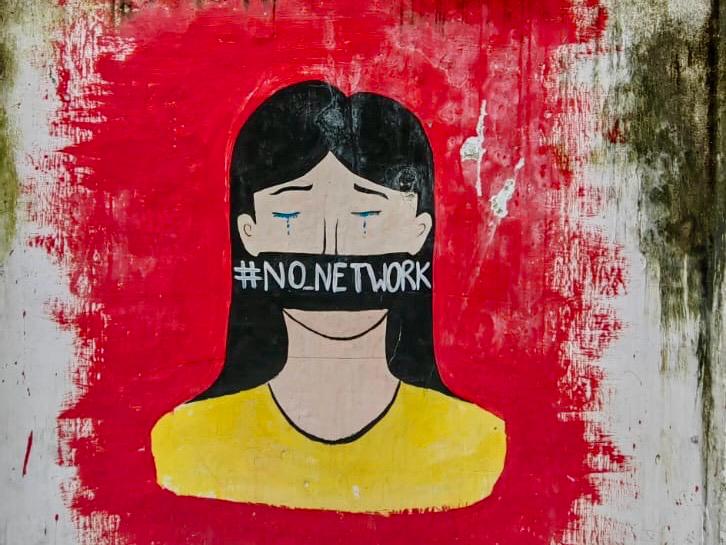
Public opinion and media coverage
The quota reform movement garnered widespread public support, particularly from young people and civil society organizations. Many citizens viewed the protests as a legitimate demand for fairness in public service recruitment. Traditional media outlets initially provided extensive coverage of the demonstrations, but some faced government pressure to downplay the unrest. Social media played a crucial role in keeping the movement alive, with hashtags, live streams, and viral posts amplifying the protesters’ message. The global media also took note, framing the movement as a significant push for equality and transparency in Bangladesh.
